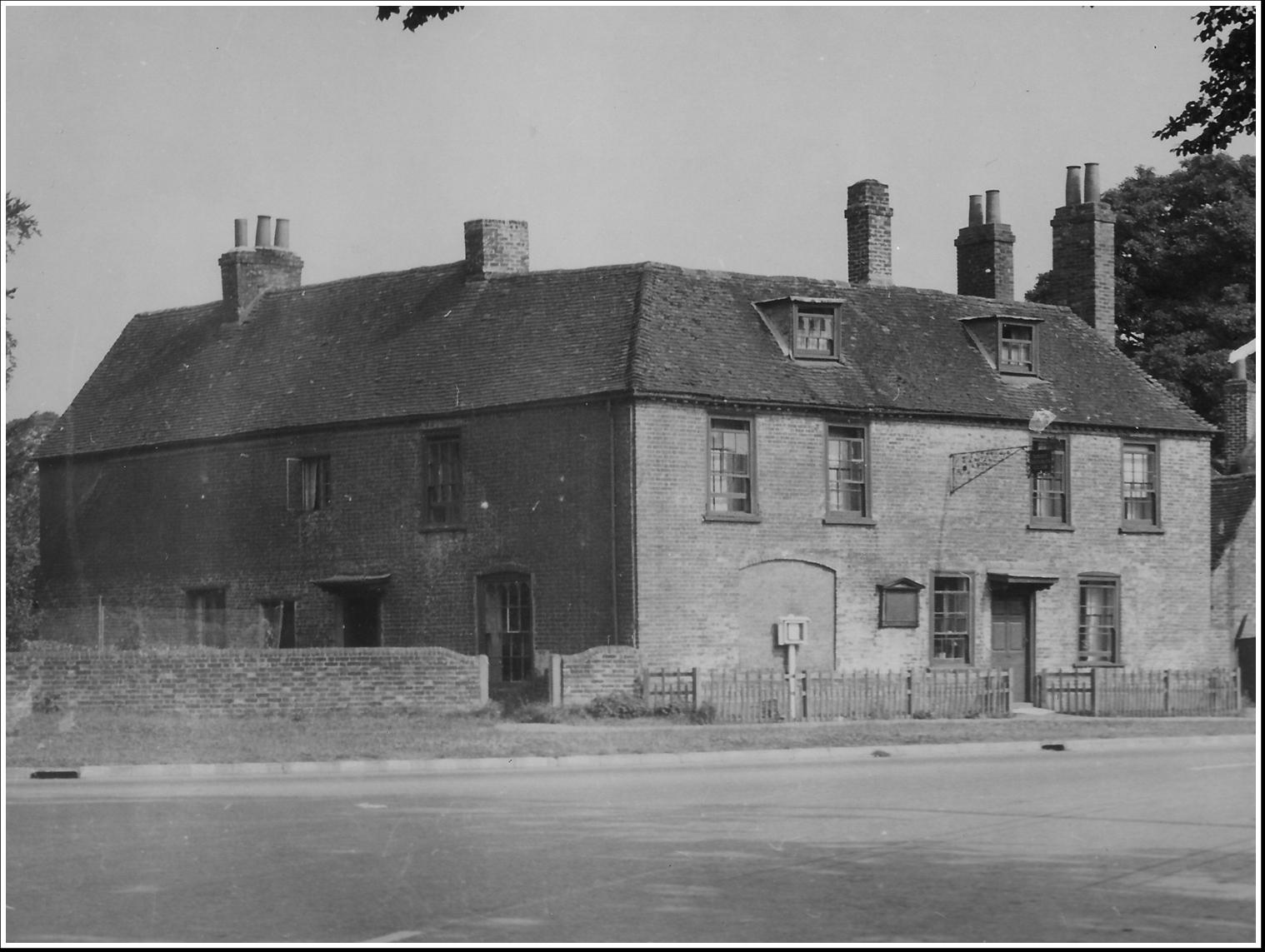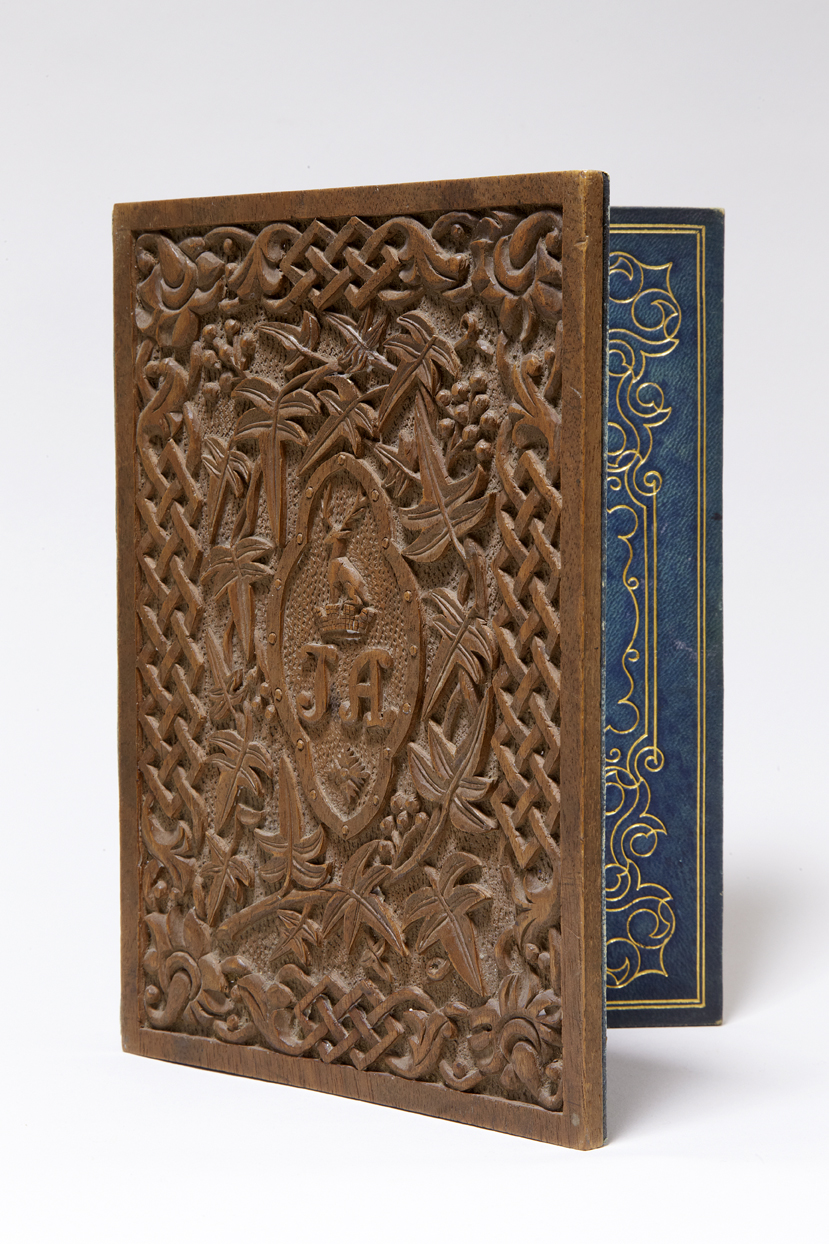Room 3: Embroidery and craft
Soldiers’ reading of Jane Austen’s novels on the front lines of the world wars helps to challenge ideas of Jane Austen as a “chick lit” author that we see in the feminised packaging of her novels and promotion of modern film and television adaptions. However, reading Jane Austen was not the only activity used by soldiers that is now considered female-focused. We can also see this when it comes to crafts such as knitting and embroidery – a craft that Jane Austen herself was accomplished in.
Knitting was hugely popular in the world wars, and everyone was encouraged to knit as much as possible for soldiers. Spies even used the craft to create morse coded messages using knit and purl stitches! In Britain, Australia, and New Zealand embroidery was used, like Jane Austen’s novels, to help soldiers suffering from shell shock and PTSD. Hospitals in England even offered embroidery therapy. In fact, the Altar frontal in St Paul’s Cathedral was created by 133 wounded soldiers from Britain, Australia, Canada, and South Africa who were recovering in various British hospitals.
This example of an embroidery was made by a soldier recovering after an amputation at Waverley Abbey Hospital, Farnham in Surrey. In one corner, the words ‘For Doris’ is written. Doris Wragg visited and took soldiers out from the hospital.
Object: Carved walnut letter case
‘He drew, he varnished, he carpentered, he glued; he made toys for the children; he fashioned new netting-needles and pins with improvements; and if everything else was done, sat down to his large fishing-net at one corner of the room.’
Persuasion
This letter case was carved by Jane Austen’s older brother Frank in the early 19th century. Frank served as a Royal Navy officer and witnessed many battles at this time. This object shows that not only were Austen’s connections to war deeper and more complicated than first thought, but also that the tradition of men making and crafting objects in war goes back further in time that the wars of the 20th century.


